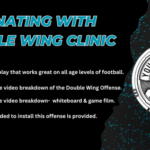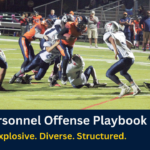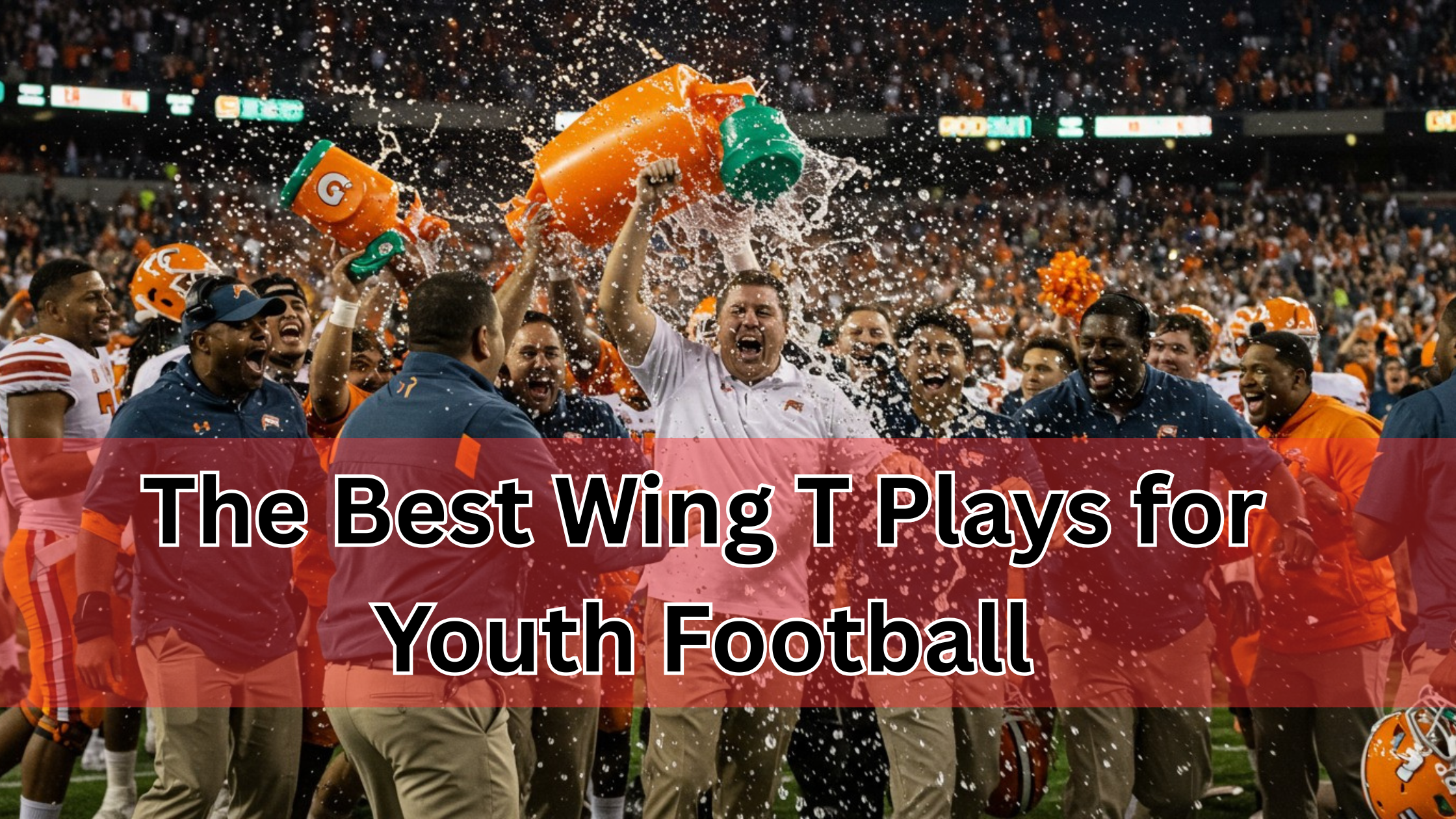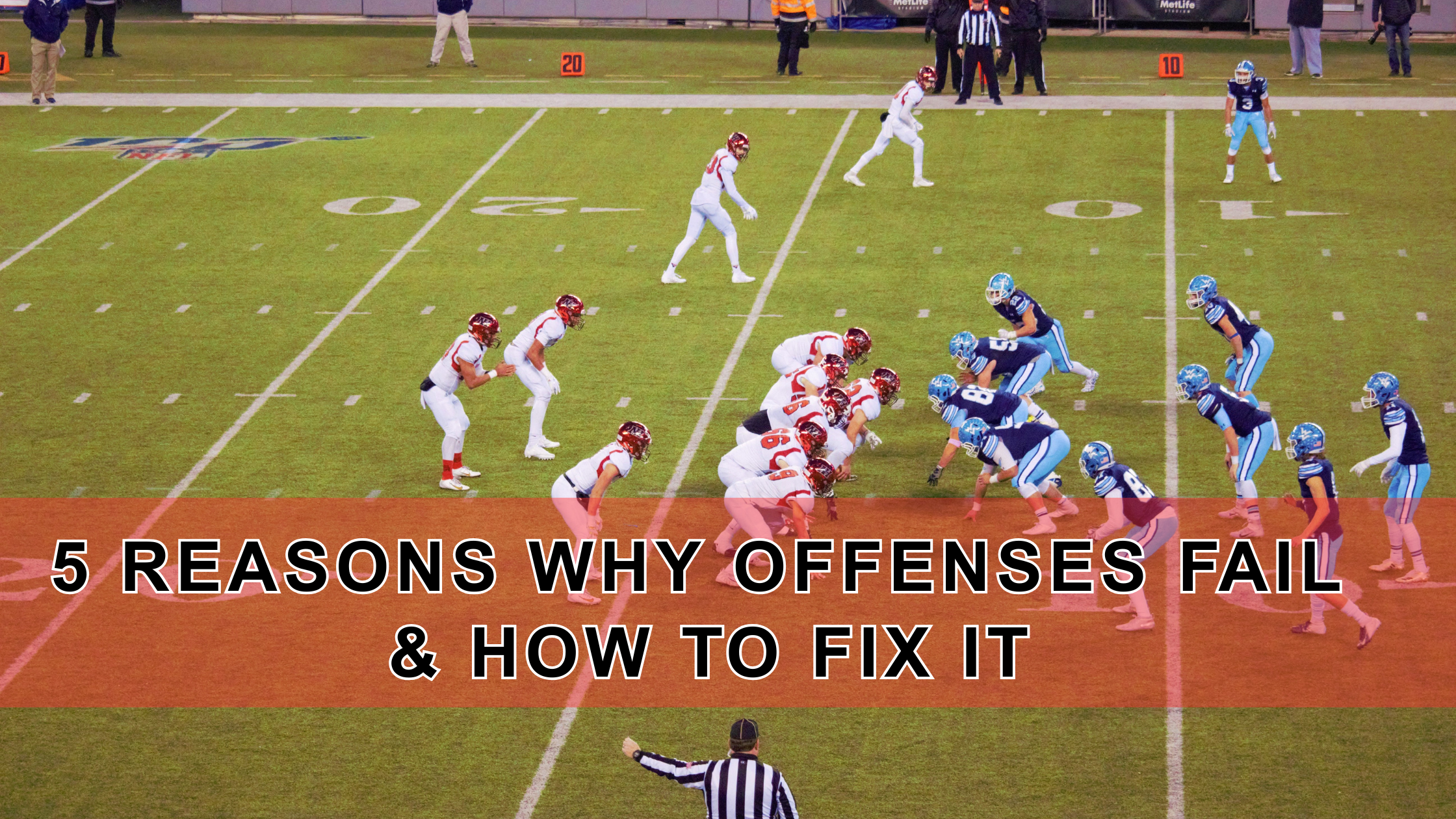Press Coverage Technique | Bump and Run Coverage
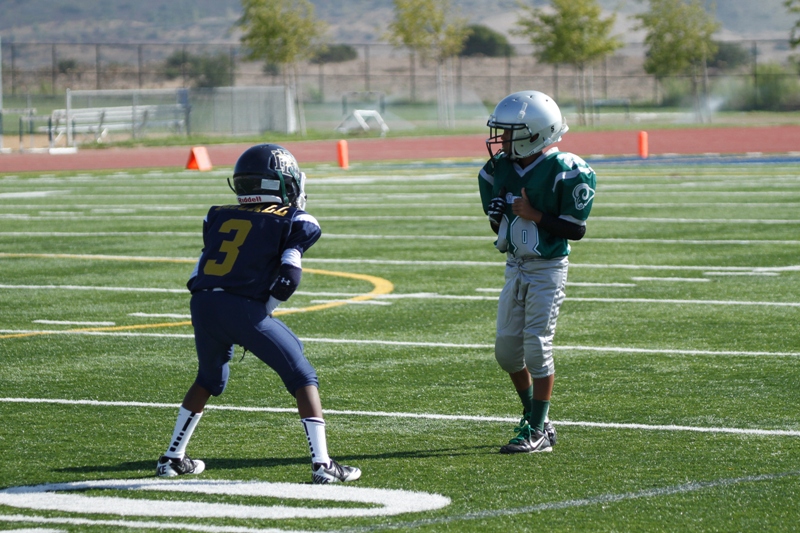
Many defenses are moving to press coverage as a way to disrupt the short passing game that offenses are relying on. Press coverage has been a staple of Red Zone defense as a way to shut down the quick passing game but in the modern game it is being used across the field. When a defender is pressing there are four main components that must be great if he is to successfully press the receiver, these are alignment, eyes, contact and feet. When all four of these elements are aligned the defender can successfully press the receiver.
Press Coverage Technique | Bump and Run Coverage
The first step of pressing a receiver is by setting up with great alignment. The ideal position of a defender who is covering a receiver is to be in between the receiver and the quarterback. When the defender is pressing he will align with inside leverage and force the receiver to go to the outside. This gives the defender a better chance at keeping himself between the receiver and the quarterback so he can make a play on any pass that comes his way.
The second element of a successful press is the defender’s eyes. A common mistake with young players is that they will let their eyes rise up to the head and shoulders of the receiver. This is a mistake because the receiver often uses these as a distraction and to fool the defender. Instead the defender must place his focus on the inside hip of the receiver. He should have complete focus on this point and allow it to dictate how he will react.
Related Content: Beat Man to Man Coverage
The third element of the press is the contact stage. Once the receiver has stepped off the line it’s critical that the defender makes contact with the receiver. This will disrupt the timing and force the receiver to adjust his route. Many times coaches will tell their players to make contact in a specific spot. While there are spots that are better than others, I believe it is a mistake to have the defender focused specifically on hitting these spots. When it is in a kid’s mind that he must make contact on the receiver’s chest he is much more likely to raise his vision to the chest of the receiver. As he does that he opens himself up to the fake of the receiver. Instead I believe it’s better to tell the defender to keep his focus on the inside him and make contact with the core of the receiver. This allows him to stay focused on the inside hip and maintain good inside leverage.
The last element of a successful press is the feet. A good DB must keep his feet active. The moment his feet stop moving he is susceptible to getting beat. We have our defenders do a backwards hop where they keep their weight on the balls of their feet as the watch the receiver and get ready to make contact. By keeping their feet active they have less inertia that they must break which allows them to respond quicker to the receivers movements.
Pressing a receiver on the line is one of the hardest skills in football. While it requires a great deal of athleticism and skill by completing these four elements the defender puts himself in a position to make a play.
Benefits of Playing Press Coverage:
- Disrupts timing.
- Allows your defense to play psychical on the receivers.
- Allows you to blitz while taking away the quick hitting short routes.
- How often do you think youth football coaches practice beating press coverage? I’d bet not very much.
- Safeties and Linebackers can’t get cracked. When teams play press coverage with the DB maintaining inside leverage, it become very difficult to execute a crack block.
Related Content: Man to Man Coverage Tips





